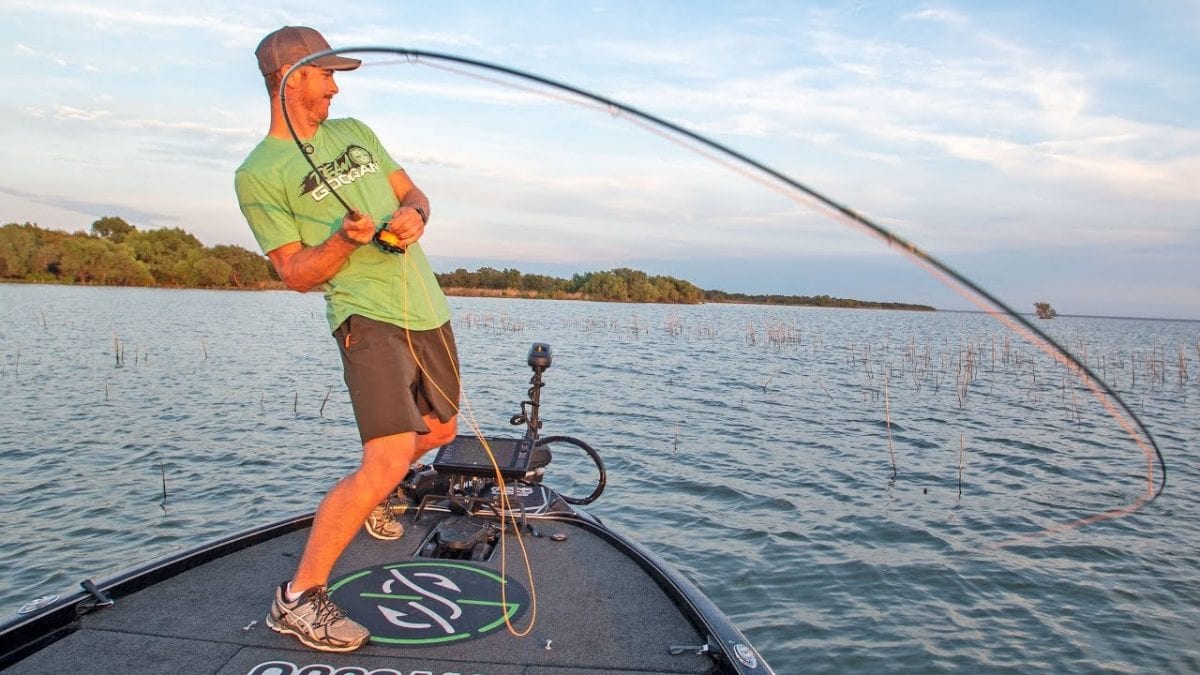So, are you just looking into fishing and trying to find some tips before you hit the water? Or, are you perhaps a beginner with some initial experience but want to upgrade your game in order to get better at catching fish? Whatever the case may be, in this article, we are going to help you with these simple tips that are going to help you substantially.
It’s always hard when you are just starting a new hobby, especially one that has so many different variables surrounding it like fishing, and every step in the right direction is something that you should strive for. After you are all caught up on the basics, you will start to see different areas of improvement that you probably didn’t even think about before. That being said, without further adieu, let’s talk about those tips.
Saltwater or Freshwater?
Here’s the thing, choosing between saltwater and freshwater is a lot more than making a choice based on scenery and style. Understanding the reasons why and how do they affect you is crucial for beginners, so, let’s talk about it in more detail.
Saltwater Fishing
There is a pretty common misunderstanding that you need a boat to fish in the sea, but the thing is, if you are new to fishing, it would be a lot better if you start at a pier for fishing if you opt for saltwater fishing. The main reason for this is that you will undoubtedly find fish there, you don’t need to worry about managing the boat, and it ultimately requires a minimum amount of gear and experience.
A great thing with pier fishing is that it can usually be done all year-round, but just be sure to do your research regarding the tidal activity in order to increase your chances of getting the most fish hooked. It’s pretty simple and yet many people tend to overlook it and end up not catching anything.
Also – don’t forget to clean your equipment afterward, saltwater tends to make metal rust more quickly!
Freshwater Fishing
Freshwater fishing in still waters is probably the easiest learning ground for those that are not experienced at all. It allows you to learn and perfect several fishing techniques due to the fact that there are a lot fewer variables that you need to worry about, and you only need basic equipment.
Timing is Important
Unlike when it comes to pier-fishing when it comes to freshwater fishing, you want to fish at the right time of the year and the day. When it comes to summer, it would be best for you to fish in the early morning and late evening, due to the lower light which makes it more probable that the fish are going to be active right below the water level. When it comes to spring and fall fishing, dusk is the best time due to the same reason (and the temperature as well).
Learn How to Read Water
It can be extremely helpful for you to know where the fish may be hiding. It can save you a lot of time and make it easier for you to target them better, and this is called reading the water.
Lakes
When it comes to lakes, fish are usually most abundant in or around weeds and downed trees that are close to shore. In some cases, they might congregate near drop-offs, which is the reason why having access to a canoe or kayak makes it easier to fish at some lakes. If you are interested in getting more information, you can read more about kayaks and their benefits to fishing in the summer.
Rivers
When it comes to rivers, pretty similar tactics apply as well. So, you want to for places that may provide good cover, be it logjams or overhanging banks. Not only it will be easier for you to fish there, but considering the fact that fish’s main objective beyond finding food is hiding from predators, the biggest possibility for you to find fish is in such places.
Most Important Things to Have in Mind About Casting
Casting is probably one of the most important aspects of fishing, so, in order to help you perfect it, let’s talk about how you should cast in greater detail.
You should start with about six inches of line out the end of your rod. The reel should be positioned below your dominant hand. Now, in order for you to cast, you’ll need to flip the bail first. The way that you do this is by holding the line with your finger, bringing the rod tip up and slightly behind you, and then cast forward using both your wrist and your elbow. When your rod is vertically positioned, release the line, and your lure is sent flying. The last step – once your lure is in the water, you want to flip the bail back over and begin reeling.
So, after reading this article, you are probably starting to get the hang of the bigger picture – and the picture is, indeed, big. But, in the end, it all comes down to the basics. Understanding the basic variables and how they affect different parameters is a very important tool to have because it’s going to help you a lot when it comes to going pro, or just trying to catch any specific fish in general. That being said, be sure not to try and skip all these steps, everything that you overlook now is surely going to show up later on. Enjoy your fishing and taking care of your mental health!








